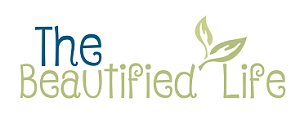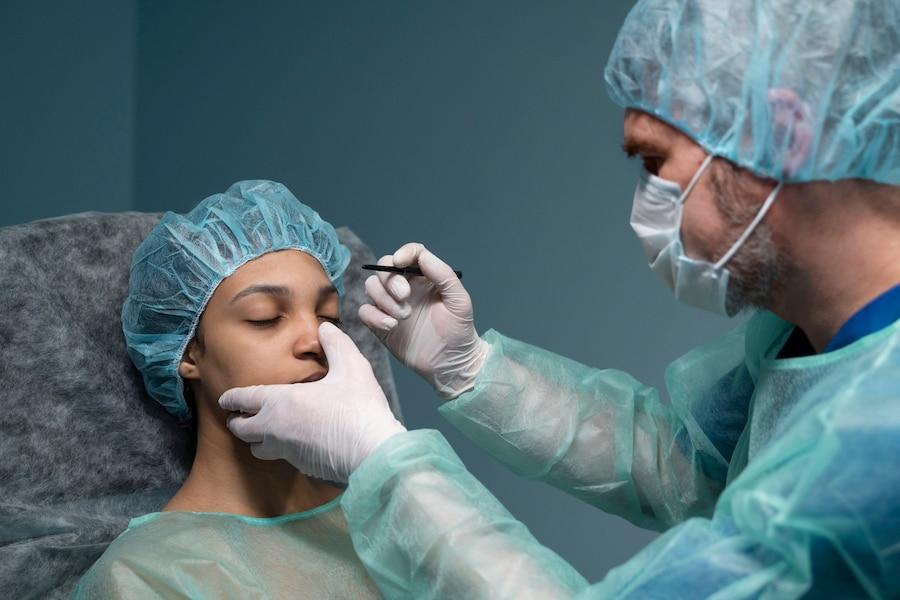Rhinoplasty, commonly known as a “nose job,” is a sophisticated surgical procedure aimed at enhancing the aesthetics and functionality of the nose. As one of the most popular forms of plastic surgery, rhinoplasty combines the precision of medical science with the artistry of sculpting to create a harmonious balance with other facial features. This article explores the various facets of rhinoplasty, including its types, the surgical process, safety measures, and its profound impact on an individual’s self-esteem and quality of life.
Types Of Rhinoplasty
Rhinoplasty can be broadly categorized into cosmetic and functional procedures, each with specific goals and techniques:
- Cosmetic Rhinoplasty: Cosmetic rhinoplasty surgeons specialize in enhancing the nose’s appearance. This type of surgery aims to achieve various aesthetic goals, such as reducing or increasing nose size, reshaping the nasal tip, smoothing dorsal humps, or narrowing nostrils. The objective is to create a nose that harmonizes proportionately with the patient’s facial features. As with any surgical procedure, choosing a qualified and experienced cosmetic rhinoplasty surgeon is crucial to minimize risks and achieve satisfactory results.
- Functional Rhinoplasty: Functional rhinoplasty corrects structural issues that impair breathing. Conditions such as a deviated septum, nasal valve collapse, or turbinate hypertrophy can be addressed during this procedure. While functional improvements are the primary objective, cosmetic enhancements can also be made simultaneously.
- Revision Rhinoplasty: This procedure is performed on patients who are dissatisfied with the results of a previous rhinoplasty or have experienced complications. Due to scar tissue and changes in nasal anatomy from the initial surgery, revision rhinoplasty is often more complex than primary rhinoplasty.
The Surgical Process
Rhinoplasty is a meticulous procedure that requires careful planning and execution. The process typically involves the following steps:
- Consultation: The journey begins with a comprehensive consultation with a board-certified plastic surgeon. During this session, the surgeon will evaluate the patient’s nasal structure, discuss their aesthetic goals, and explain the surgical options available. Advanced imaging techniques, such as 3D computer simulations, may be used to give patients a preview of the potential outcomes.
- Preparation: Pre-operative preparations include medical evaluations, smoking cessation, and avoidance of certain medications that can increase bleeding. The surgeon will provide specific guidelines to ensure the patient is well-prepared for surgery.
- Anesthesia: Rhinoplasty is usually performed under general anesthesia, although local anesthesia with sedation may be an option for less extensive procedures.
- Surgical Techniques: The surgery can be performed using an open or closed approach. In an open rhinoplasty, an incision is made across the columella (the tissue between the nostrils), allowing the surgeon better access to the nasal structures. In a closed rhinoplasty, all incisions are made inside the nostrils, resulting in no visible scarring. The choice of technique depends on the case’s complexity and the surgery’s specific goals.
- Reshaping the Nose: The surgeon will then reshape the bone and cartilage to achieve the desired outcome. This may involve removing or adding tissue, refining the nasal tip, or correcting asymmetries. In some cases, grafts from other body parts, such as the ear or rib, may enhance the nasal structure.
- Closing the Incisions: The incisions are closed with sutures once the desired shape is achieved. A splint is often applied to the outside of the nose to support the new structure during the initial healing phase.
Recovery And Safety Measures
The recovery process after rhinoplasty varies from patient to patient but generally follows these stages:
- Immediate Post-Operative Care: Patients can expect swelling, bruising, and discomfort, particularly around the eyes and nose. Pain medication and cold compresses can help manage these symptoms. The nasal splint is usually removed after about a week.
- Follow-Up Appointments: Regular follow-up visits with the surgeon are crucial to monitor healing and address concerns. These appointments ensure that the nose is healing correctly and that complications are promptly addressed.
- Long-Term Healing: While initial swelling and bruising subside within a few weeks, subtle changes in nasal shape can continue for up to a year as the tissues fully settle and heal.
Risks And Considerations
As with any surgical procedure, rhinoplasty carries certain risks, including infection, bleeding, adverse reactions to anesthesia, and dissatisfaction with the aesthetic outcome. Choosing an experienced and board-certified plastic surgeon can significantly reduce these risks.
- Choosing the Right Surgeon: Like any surgical procedure, otoplasty carries certain risks, but choosing a qualified and experienced surgeon can minimize these risks. Common hazards include infection, bleeding, adverse reactions to anesthesia, and scarring. However, serious complications are rare; most patients achieve satisfactory results without significant issues. The surgeon’s skill and experience play a pivotal role in the success of rhinoplasty. Selecting a surgeon with a proven track record and a portfolio of successful outcomes is essential. For those seeking skilled rhinoplasty surgeons in Plano, it’s important to research and choose a specialist known for their expertise and positive patient outcomes. To ensure the highest level of safety, it is crucial to follow the surgeon’s pre- and post-operative instructions carefully. This includes attending all follow-up appointments to monitor the healing process and promptly addressing any concerns that may arise.
- Realistic Expectations: Patients must have realistic expectations and understand that while rhinoplasty can enhance their appearance, it cannot achieve perfection. Open and honest communication with the surgeon is critical to achieving satisfactory results.
Psychological And Social Impact
The benefits of rhinoplasty extend beyond physical appearance. Many patients experience a significant boost in self-confidence and overall well-being after the surgery.
- Self-Esteem: For individuals self-conscious about their nose for years, rhinoplasty can be life-changing. Improved facial harmony can lead to greater self-acceptance and confidence in social and professional settings.
- Quality of Life: Functional improvements made during rhinoplasty can also enhance quality of life by alleviating breathing difficulties and related health issues.
Conclusion
Rhinoplasty is a blend of surgical precision and artistic vision, capable of transforming appearance and function. Whether cosmetic or functional, this procedure offers profound benefits that can enhance a person’s self-image and quality of life. Patients can achieve remarkable results that harmonize with their overall facial aesthetics by choosing a qualified surgeon and maintaining realistic expectations.



